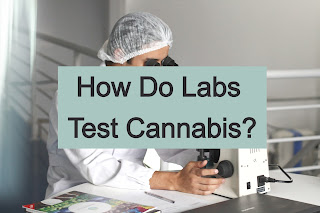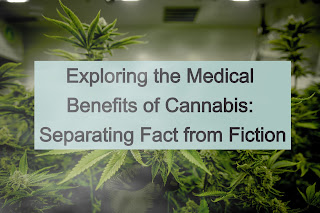HOW IS HEMP-DERIVED DELTA 9 THC MADE?

HOW IS HEMP-DERIVED DELTA 9 THC MADE? Delta 9 THC is the chief naturally occurring chemical in cannabis plants. It has intoxicating properties and will get you high. However, it can cause feelings of happiness, improve sensory perception, boost creativity, and increase appetite. Here is how it's made. In 1964, Mechoulam and Gaoni carried out the first isolation of pure Delta 9 THC from hemp. The first phase is to isolate it from a hexane hashish extract using column chromatography repeatedly on alumina and florisil. Next, purify it by preparing crystalline 3, 5-dinitrophenylurethane of THC. Basic hydrolysis comes next to get pure Delta 9 THC. Finally, use spectroscopic analysis and thin layer chromatography to test its purity. Isolate THC Acid From Hashish Isolate the Delta 9 THC acid from hashish to prepare THC. H2SO4 makes the alkaline layer acidic and precipitates the cannabinoid acids. Extract the oily layer with ether and repeat the acid-base process of extraction. Heat...



.png)

